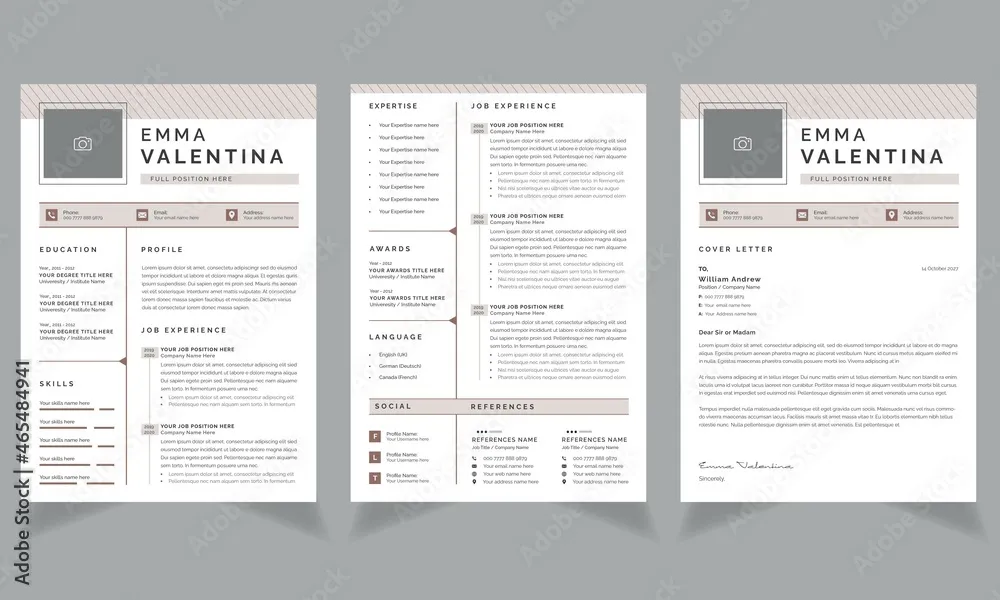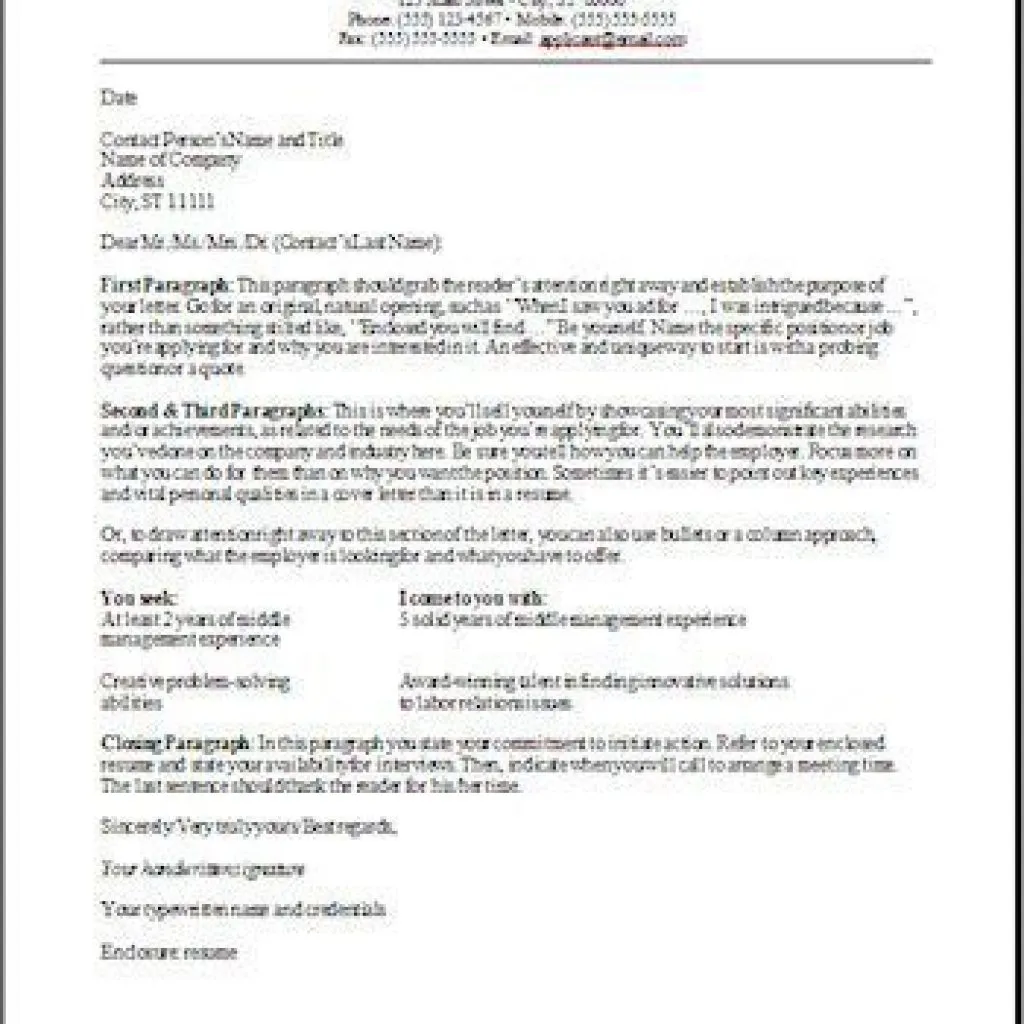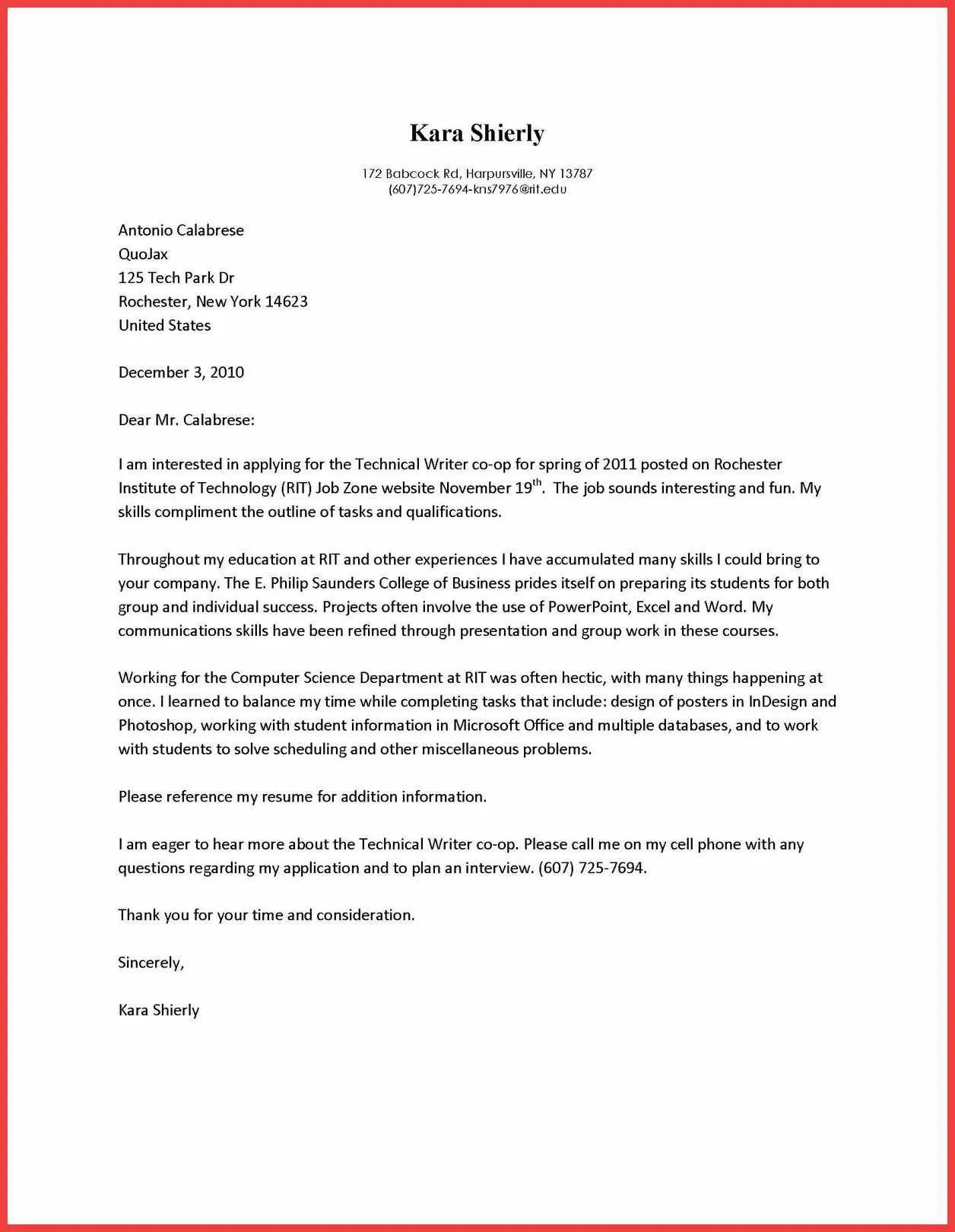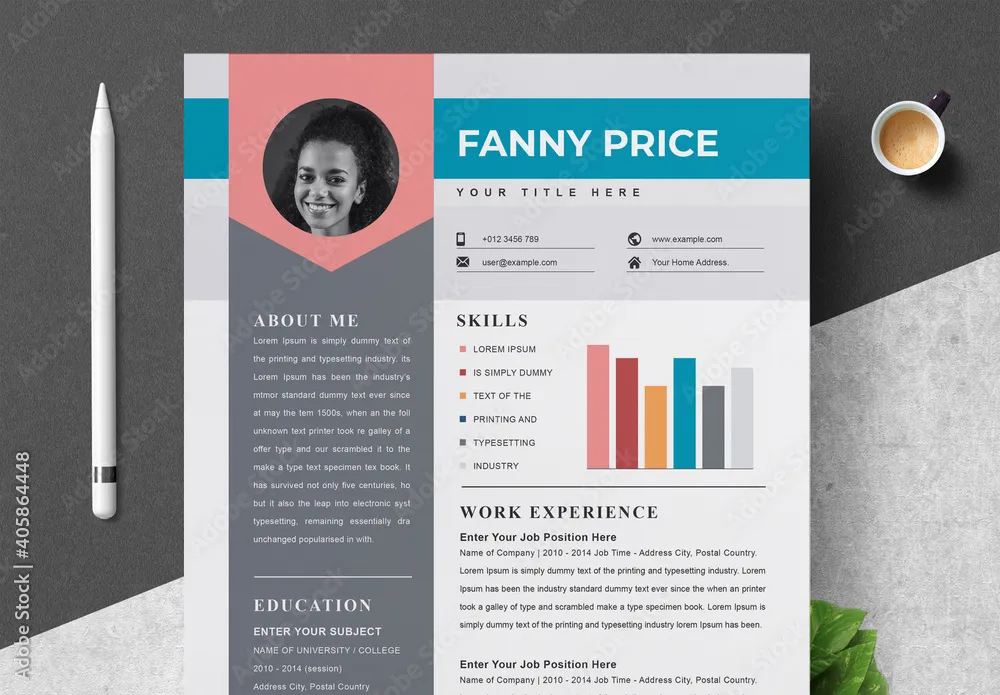The Importance of a Strong Resume Cover Letter Header
Your resume cover letter header is the first impression you make on a potential employer, and it sets the tone for the rest of your application. Think of it as the welcoming handshake or the eye-catching storefront that draws attention. A well-crafted header immediately communicates professionalism, attention to detail, and your suitability for the role. It’s the foundation upon which you build the rest of your application, and a weak or poorly formatted header can immediately send your application to the rejection pile. It not only provides essential contact information but also demonstrates your organizational skills and commitment to presenting yourself in the best possible light. The header is your chance to make a positive first impression and encourage the reader to delve deeper into your qualifications, highlighting why you are the perfect fit for the role and organization. Neglecting the header is a missed opportunity to showcase your professionalism and attention to detail.
Include Your Full Contact Information
Your header must clearly and concisely provide the hiring manager with all the necessary ways to contact you. Missing information may delay or even prevent them from contacting you, costing you the job opportunity. This section is the core of the header, ensuring that you can be reached easily and efficiently. Include every piece of contact information relevant to the application process, all in a neat, organized fashion. This attention to detail reinforces your professional image and provides the essential channels for communication between you and the potential employer, showing that you are readily accessible and eager to engage in the interview process. Accuracy and clarity in your contact information reflect positively on your organizational skills and attention to detail, both of which are highly valued by employers. Be sure to double-check every entry for accuracy; a single typo can be detrimental to your application.
Your Name and Professional Title

Start with your full name, prominently displayed. Following your name, include a professional title that reflects your current or desired role. This quick identifier helps the recruiter understand your expertise at a glance. If you have a specific professional title like ‘Marketing Specialist’ or ‘Software Engineer,’ use it. If you are early in your career or changing fields, consider a title that describes your career goals, such as ‘Aspiring Project Manager.’ The title should align with the job you are applying for, if possible. This immediate context allows the hiring manager to quickly categorize your application. Ensure that the title is concise, professional, and relevant to the job, further enhancing your application’s clarity and professional appeal. This sets the stage for the recruiter to quickly determine if you are a potential match for the position being advertised.
Phone Number and Email Address
Provide your current phone number and a professional email address. Avoid using nicknames or informal email addresses. Your email address should look professional, such as ‘firstname.lastname@email.com.’ Always have a voicemail setup to answer your phone. Ensure your voicemail greeting is professional and states your name. These details are crucial for the employer to contact you for an interview or further discussions. Make sure the phone number is the one you check frequently, and the email address is one you monitor regularly for job-related communications. Double-check these details to ensure accuracy and prevent any missed opportunities. This provides the most direct means of contact and allows employers to reach out quickly if they are interested in your profile. Ensuring these contact points are active and professional is a crucial part of presenting a polished and professional image.
LinkedIn Profile URL
Include your LinkedIn profile URL. This allows the hiring manager to quickly access your professional background, experience, and endorsements. A well-maintained LinkedIn profile is a great asset, as it provides a more comprehensive view of your skills and qualifications. Make sure your profile is up-to-date, with a professional photo, a detailed summary, and recent work experience. The LinkedIn URL provides an easy way for the employer to verify your credentials and see your professional network. This allows employers to explore your professional journey, accomplishments, and how you are perceived by your peers. Including your LinkedIn profile enhances the credibility of your application and demonstrates your commitment to professional networking.
Date and Recipient Details

Below your contact information, include the date of the cover letter and the recipient’s details. This demonstrates that your application is current and directed specifically to the hiring manager or company. It adds a personal touch, showing that you have taken the time to tailor your application to a specific opportunity and organization. These details help establish a professional tone and present you as an applicant who is meticulous and organized. This is an important element in demonstrating to the hiring manager that your application is current and relevant to the job opening. This section shows that you pay attention to detail, which is a valuable trait in any profession.
Formatting the Date Correctly
The date should be placed directly below your contact information. Use a consistent and professional date format, like Month, Day, Year (e.g., May 20, 2024). Ensure the date is aligned consistently with the rest of the header and the letter. This practice underscores your attention to detail. Avoid informal or abbreviated date formats, as they can make your letter look unprofessional. Consistency in formatting, including the date, adds to the overall polish of your application. This element provides crucial context for the hiring manager, letting them know the age of your application. The date also can provide a sense of the time you have spent on the application and that you are current with the information you provided.
Addressing the Hiring Manager or Company
Address the cover letter to the specific hiring manager whenever possible. If the name of the hiring manager isn’t available, address the letter to the hiring team or use a general salutation like ‘Dear Hiring Manager.’ If you know the name, use ‘Dear Mr./Ms./Mx. Last Name.’ Proper salutations show you’ve done your research and are personalizing your application. Researching the hiring manager’s name demonstrates initiative and genuine interest. If you’re unable to find a specific name, use a professional and formal salutation, such as ‘Dear Hiring Manager,’ to maintain a professional tone. This small detail shows respect and effort, which can significantly impact the hiring manager’s first impression. A personalized cover letter demonstrates your commitment to the job and company.
Choose the Right Font and Font Size

Select a professional and readable font like Times New Roman, Arial, or Calibri. Use a font size between 10 and 12 points. Ensure the font is easy on the eyes and consistent throughout the cover letter and resume. A clean and readable font ensures your application is easy to review, and a consistent size provides a cohesive look. A poor font choice can distract the reader and detract from your message. Choose fonts that are both classic and easy to read. Maintaining consistency in font style and size projects a polished and professional image. These choices communicate professionalism and make the document visually appealing.
Use a Professional Tone and Formatting
Maintain a formal and professional tone throughout your cover letter header and the entire application. Avoid slang, jargon, and casual language. Use clear, concise sentences. Ensure proper grammar, punctuation, and spelling. Proofread carefully. Consistent formatting, including proper alignment and spacing, enhances readability. A well-formatted document demonstrates your attention to detail. A professional tone and format highlight your attention to detail and commitment to excellence. Always adhere to professional writing standards. Errors can reflect negatively on your attention to detail, so proofreading is crucial. Use professional language, and make sure it is easy to read.
Highlight Relevant Skills and Keywords
In your header, subtly incorporate keywords from the job description. This can be in your professional title or through highlighting relevant skills. Keywords help your application pass through applicant tracking systems (ATS). Focus on skills and experiences that align with the job requirements. Strategic use of keywords will help showcase your qualifications and increase your chances of getting noticed. This practice helps match your application with the job requirements. Matching keywords demonstrates your understanding of the role. This process helps ensure your application is visible to recruiters. A header that’s keyword-rich will help your application stand out.
Tailor the Header to Each Job Application

Customize the header for each job you apply for. Your professional title and the skills you highlight should align with the specific requirements of the job description. Tailoring your header demonstrates your understanding of the role and shows you’ve taken the time to prepare a personalized application. Avoid using generic headers. Adapting your header to each application shows that you have taken the time to match your qualifications to the specific needs of the role. This customization highlights your suitability for the position. Customizing your header increases the effectiveness of your application. The tailored header demonstrates your ability to understand and meet the demands of the job.
Proofread and Edit Meticulously
Proofread your header and the entire cover letter meticulously for any errors in grammar, spelling, and punctuation. Ask a friend or mentor to review your application for a second opinion. Errors can undermine your credibility and signal a lack of attention to detail. Errors detract from the overall quality of your application. Proofreading is essential to ensuring your application is error-free. A well-edited application reflects professionalism and attention to detail. Double-check all contact information for accuracy. A clean, error-free document significantly improves your chances of getting an interview. Errors diminish the power of your application.
Header Examples and Templates
Refer to various cover letter header examples and templates to get inspiration. Online resources and career websites offer templates for different roles and industries. These resources provide a starting point for creating a professional header. Use these as a guide, but always customize your header to reflect your unique qualifications and the specific job. Using templates saves you time, but personalization is key. These resources can guide you on how to create a professional-looking header. Customize the templates. Use examples to adapt to your specific circumstances. This will help you design a compelling header. Create a tailored header by combining your own details with existing resources.
